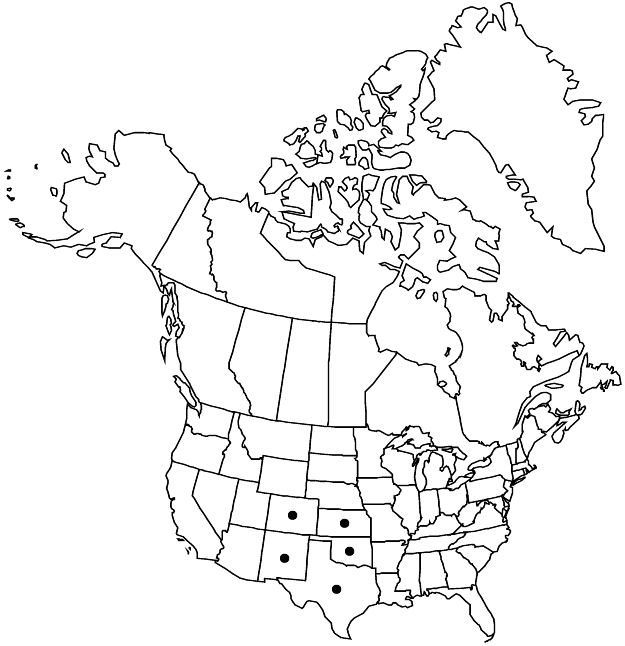Vitis acerifolia
Med. Fl. 2: 130, plate 99, fig. C. 1830.
Plants low to moderately high climbing, much branched. Branches: bark tardily exfoliating in plates; nodal diaphragms to 0.5(–1) mm thick; branchlets terete, whitish arachnoid or glabrate, growing tips enveloped by unfolding leaves, sparsely to densely hairy; tendrils along length of branchlets, soon deciduous if not attached to support, branched, tendrils (or inflorescences) at only 2 consecutive nodes; nodes not red-banded. Leaves: stipules 3–6 mm; petiole 1/2–2/3 blade; blade broadly cordate, 7–12 cm, usually 3-shouldered to shallowly 3-lobed, apex usually short acuminate, abaxial surface not glaucous, sparsely arachnoid to glabrate, visible through hairs, veins sparsely hirtellous, adaxial surface slightly arachnoid to glabrate. Inflorescences 3–7(–9) cm. Flowers functionally unisexual. Berries black, heavily glaucous, globose, 8–12 mm diam., skin separating from pulp; lenticels absent. 2n = 38.
Phenology: Flowering Apr–May; fruiting Jul–Aug.
Habitat: Stream and riverbanks, prairie ravines, alluvial floodplain woodlands, dunes, rocky slopes, fencerows.
Elevation: 200–2300 m.
Distribution

Colo., Kans., N.Mex., Okla., Tex.
Discussion
Selected References
None.